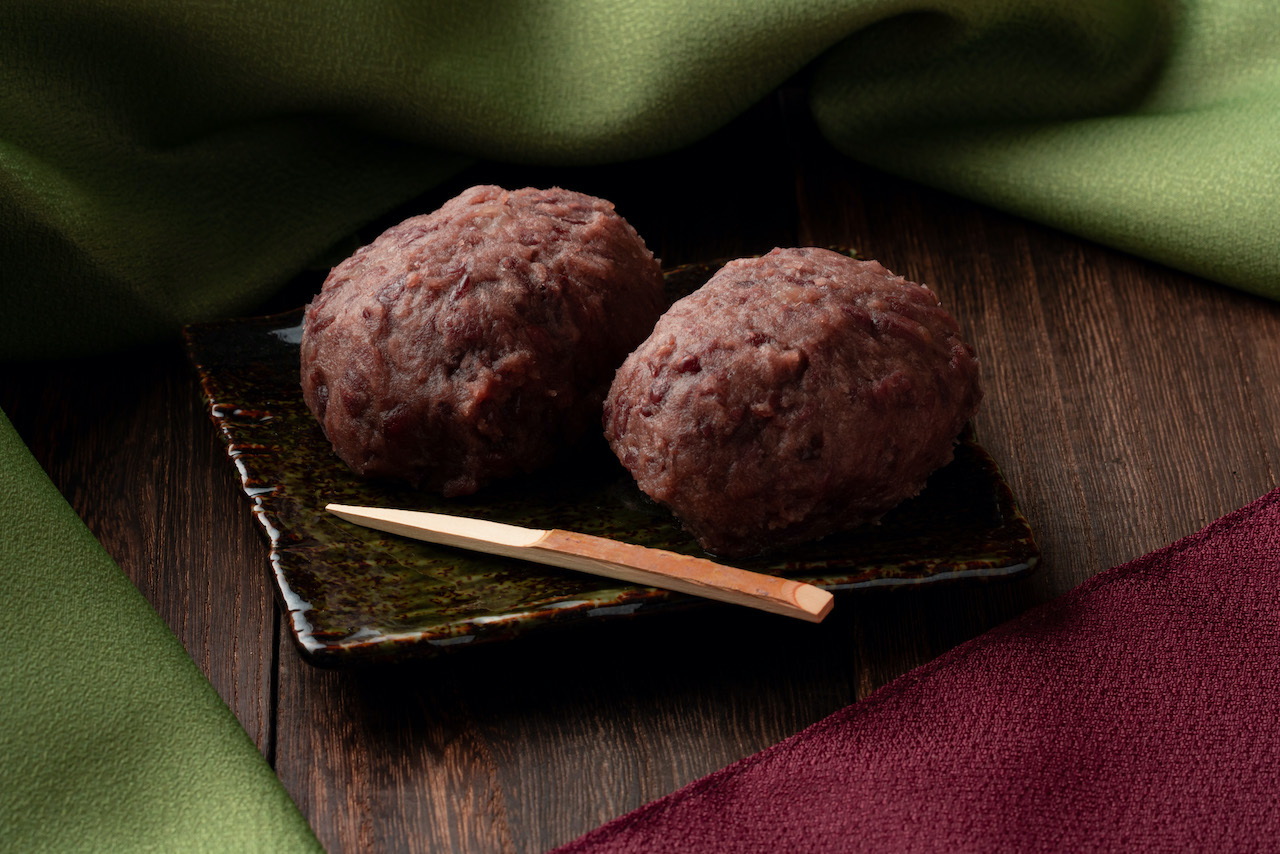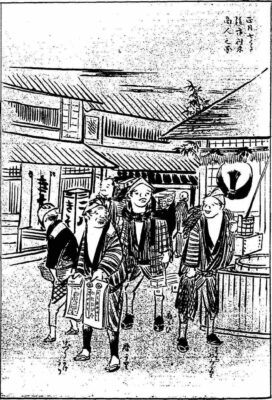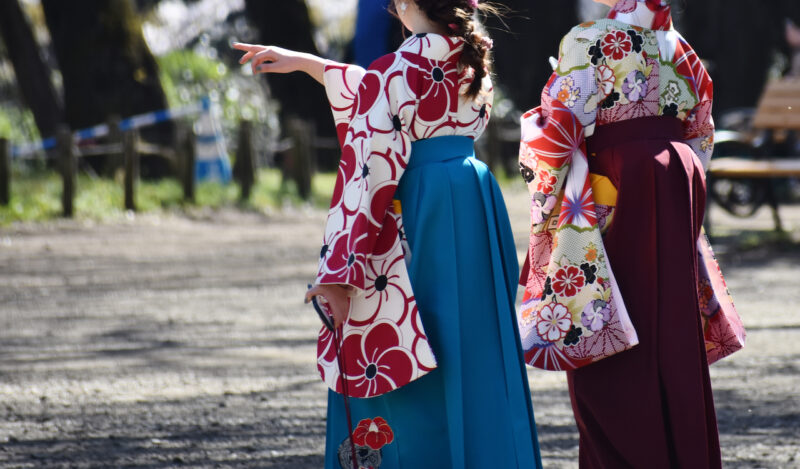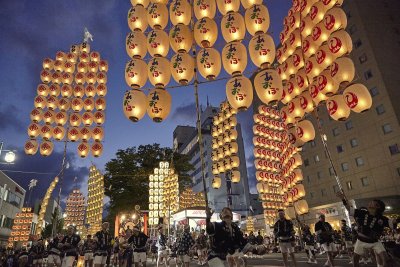Shunbun (March 21 this year) is the Japanese word for the vernal equinox, when the sun and earth align so that day and night are the same length. While it may seem timed to commemorate the beginning of spring, it is actually the middle of spring according to the twenty-four solar terms of the ancient Chinese lunar calendar1, which begins with Risshun, “the beginning of spring” (February 4 in 2023) and the date of the traditional Chinese New Year, and lasts until Rikka, the “beginning of summer”, begins on or about May 5.
Announce the arrival of Spring
Japan does not celebrate the Lunar New Year, but Shunbun is an important date and a national holiday. The first order of business for many is to get out and enjoy nature. Children are taught to search the ground for tsukushi, a sweet name in Japanese that is, less whimsically, “field horsetail shoots” in English. While not the colorful blooms one might expect to get people excited, tsukushi, thin brownish stalks a few inches high, are highly anticipated as the first sign of spring. Once tsukushi are sited, lots of other flowers appear—relief from the long winter, well before the festivities of cherry blossom viewing parties are underway.

Many families use the holiday—usually a three-day weekend—to get children graduating2 from one level of school prepared for the next. If you find yourself out on the expressway during the weekend, look around at the other vehicles, and you’re bound to see family cars stuffed with bags and boxes as children and their possessions are moved off to college.
Another aspect of Shubun
We must not forget that Shunbun is the middle day of the spring Higan period, a week in which to visit the family grave and pay respects to the dear departed. The word higan means “the other shore,” and it roughly corresponds to “the other side.” The better-known Bon or O-bon during the summer has more of a festive atmosphere. It is an intermingling of the spirits of the living and dead, with dates varying from place to place. The two Higan weeks—always celebrated with Shunbun and Shubun(the autumnal equinox)as the middle days—is more about remembrance and respect.
During the Higan week, family altars bear offerings of botamochi3—or is it ohagi? These two names for basically the same delectable confection. A quick search on the Internet will claim differences between the two in shape, or type of sweet bean, or origin of the names. Basically, however, they are both sweet bean paste over a center of sticky mochi rice. Most people agree that botamochi (perhaps named after botan, or peony, a spectacular spring flower) is enjoyed in Higan during spring, while ohagi (said to be named after the autumn-blooming hagi, Japanese bush clover, with its dainty pink and purple flowers) is for the fall. At any rate, both are hugely popular among both the living as well as those who have gone before. Whether you are hunting for tsukushi, making or celebrating a move, or honoring ancestors, a plate of delicious botamochi is never remiss.


Deborah Iwabuchi , a US-born Japanese-English translator based in Gunma, Japan, runs Minamimuki Translations (minamimuki.com) and teaches at Gunma Prefectural Women’s University. She works in many different fields, has translated dozens of books by Japanese writers—prominent and otherwise—and co-authored books in Japanese on learning English.
Notes


The Chinese Lunar calendar has twenty-four “terms,” two per month and six per season. Japanese usually acknowledge these terms as the year progresses, and they are often mentioned in weather reports, newspaper articles and passing conversation. A few terms are holidays, such as the Shunbun and Shubun. May 5, the Start of Summer according to the calendar, is Children’s Day.

The Japanese school year begins in the first week of April and ends in March. February and March are full of entrance exams, graduations and good-bye parties. Then in April—once everyone is admitted to their new schools—the celebrations begin again with entrance ceremonies and welcome parties.
The beloved confection has its own proverb, tana kara botamochi, which means “botamochi just fell off the shelf (into my mouth),” indicating a lucky event, something that “just fell in one’s lap.”
 0
0























